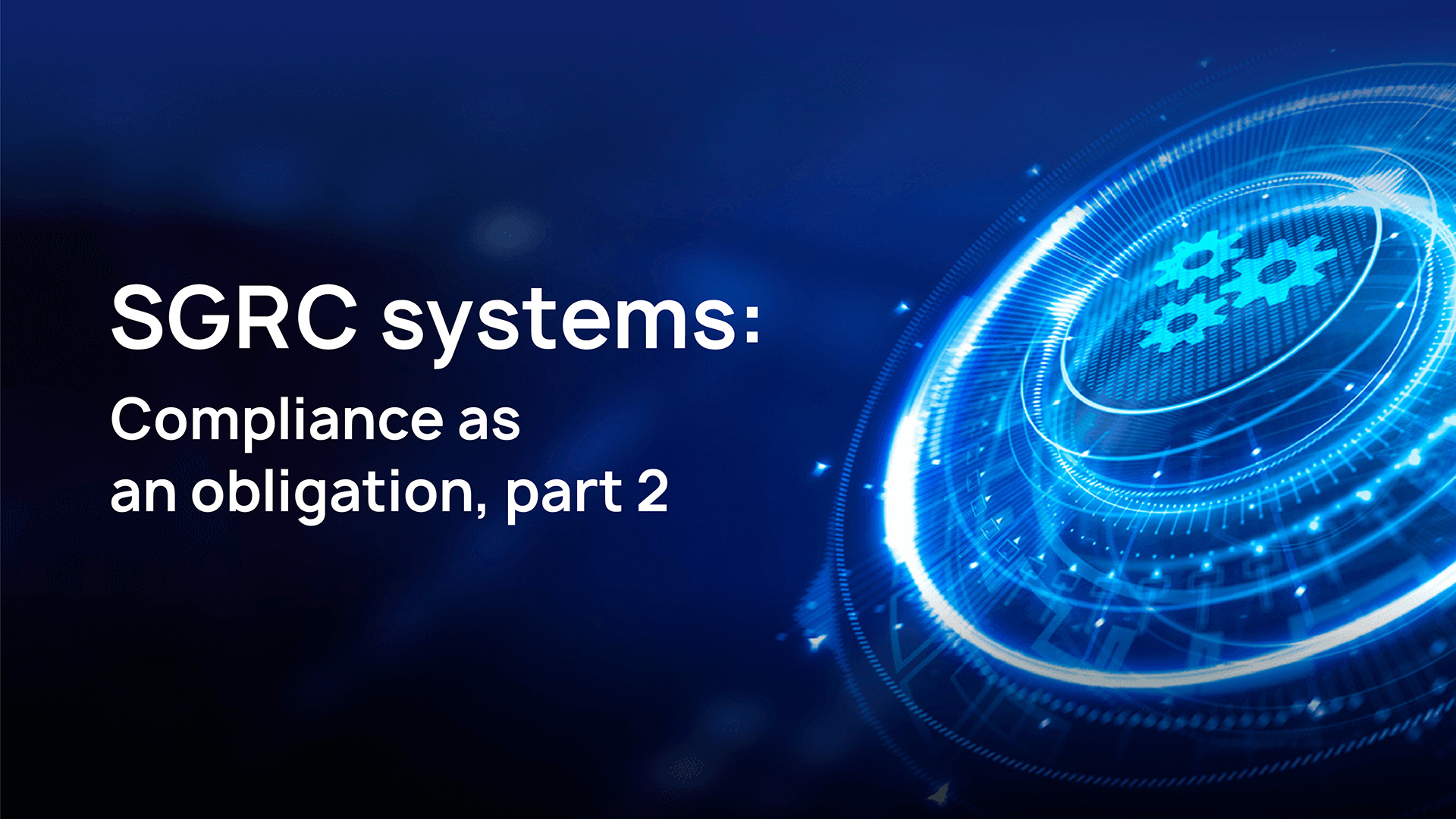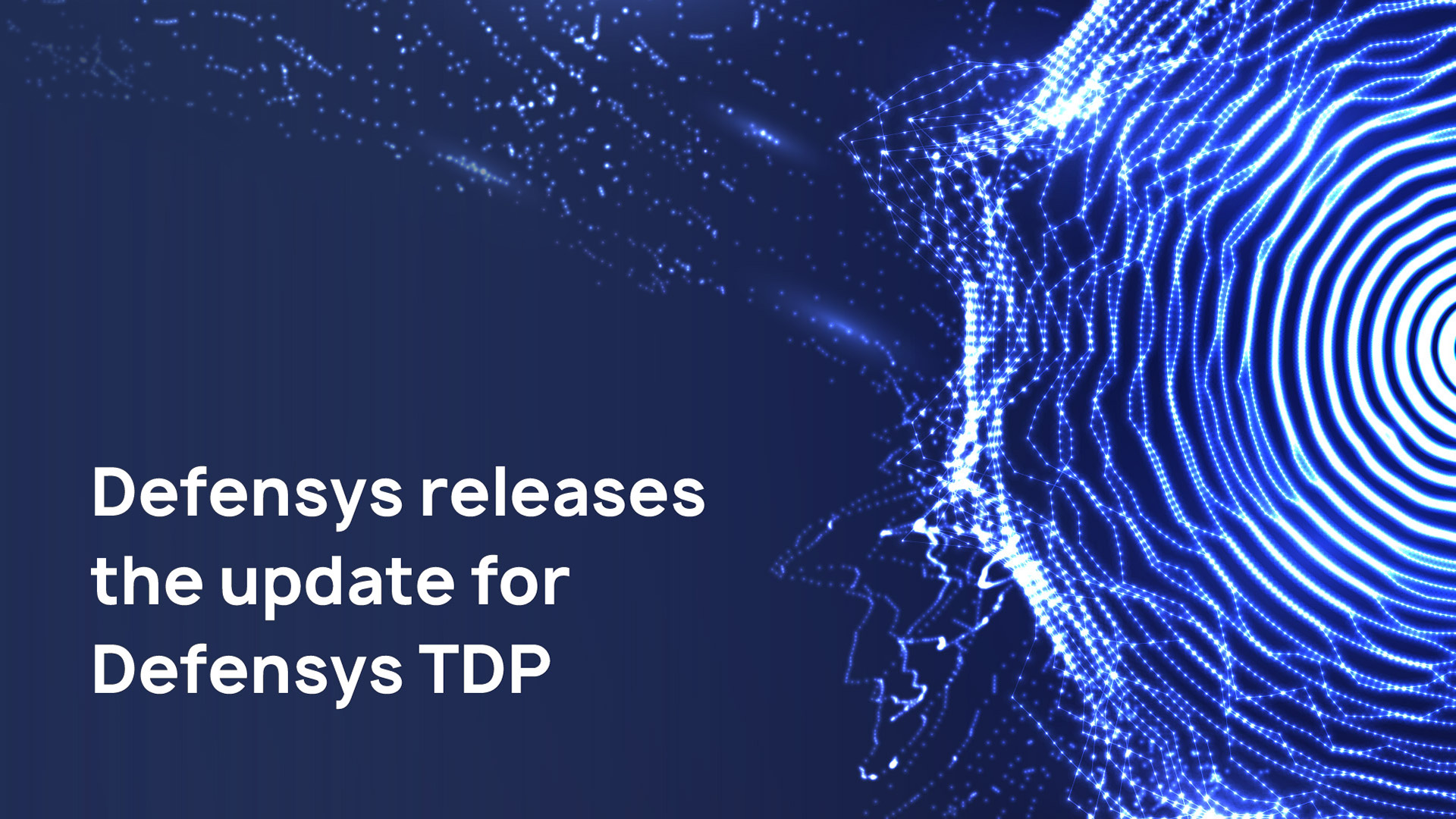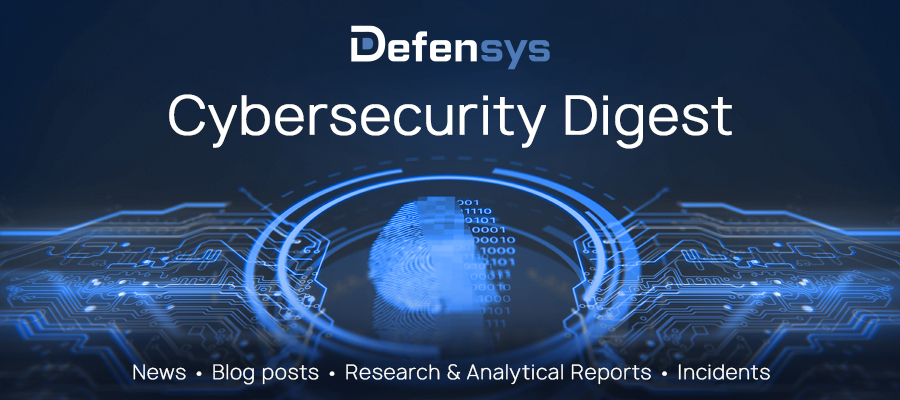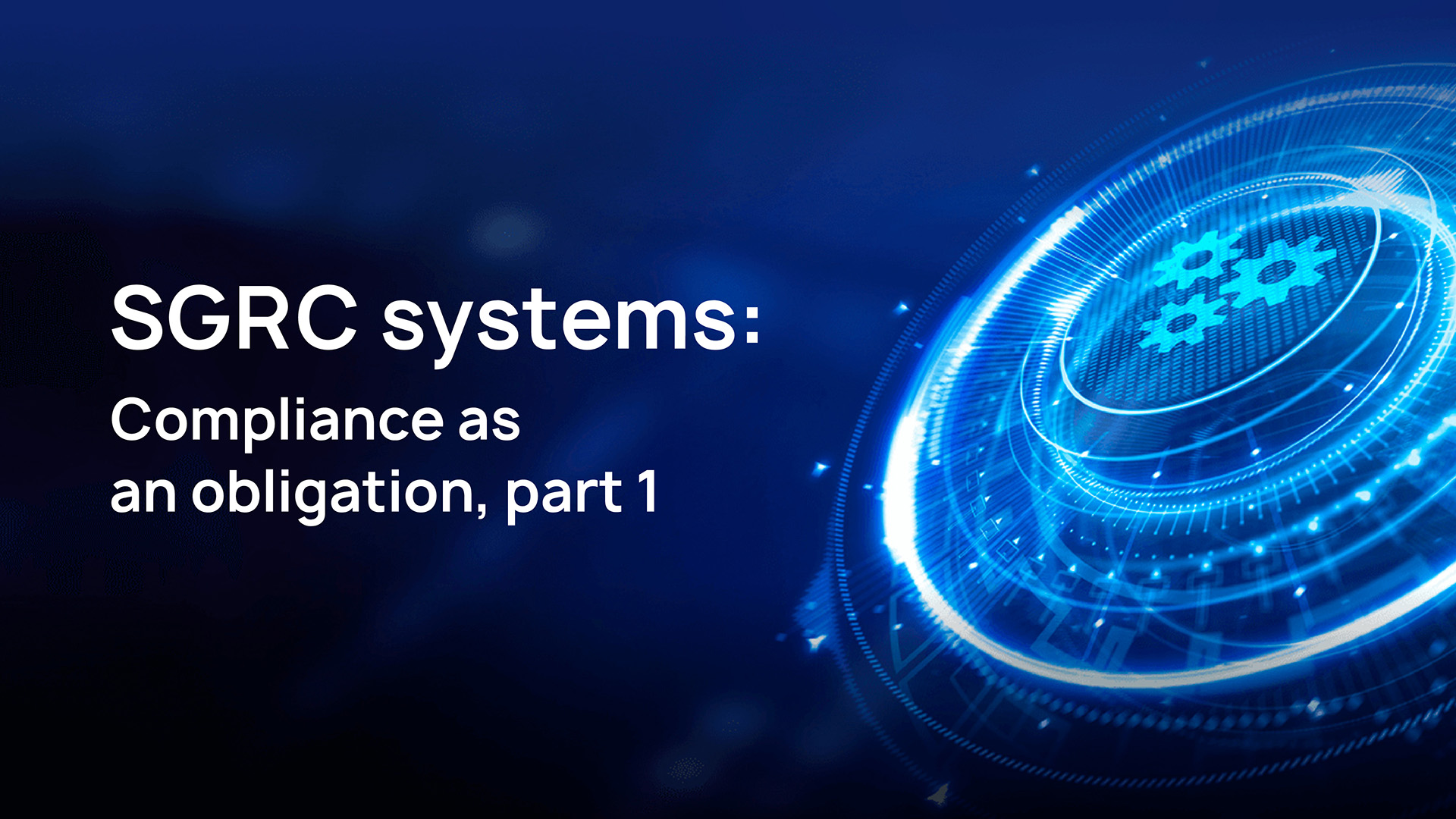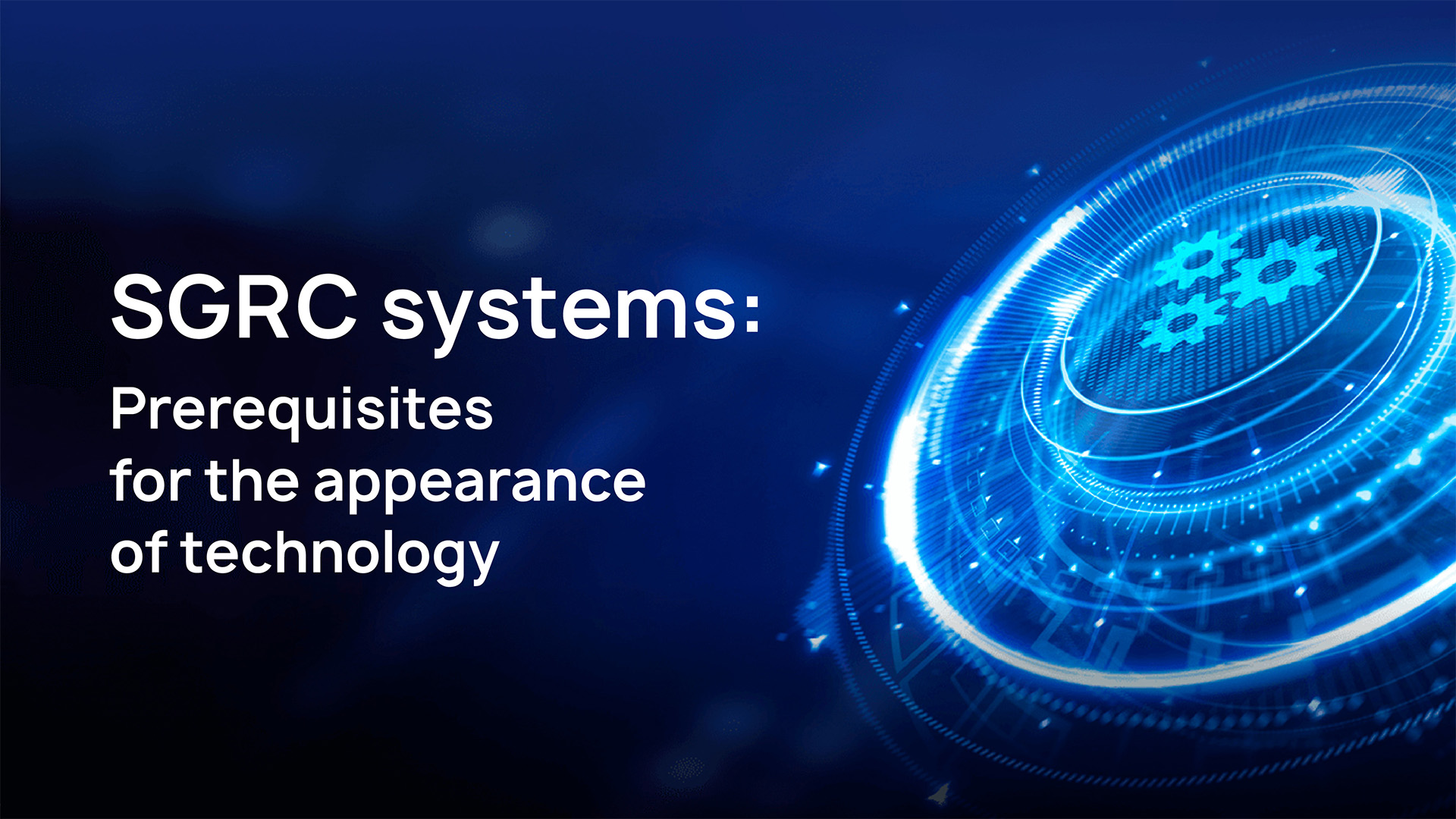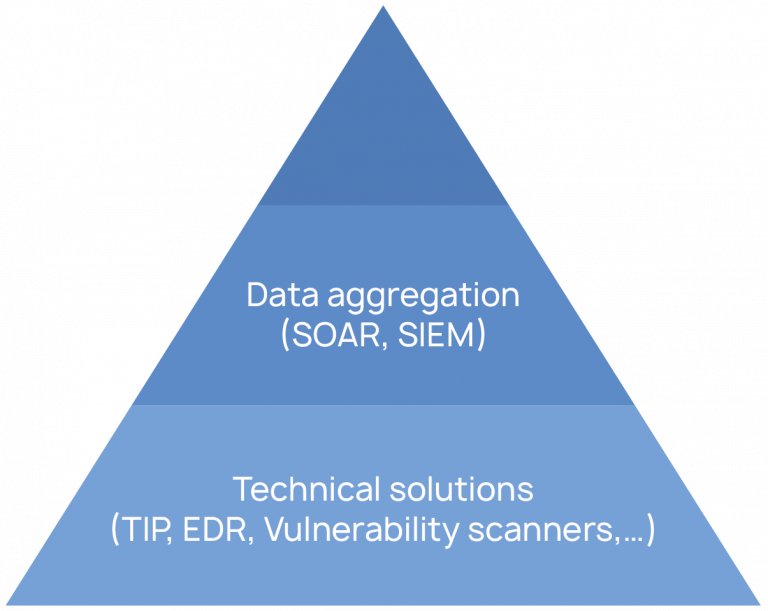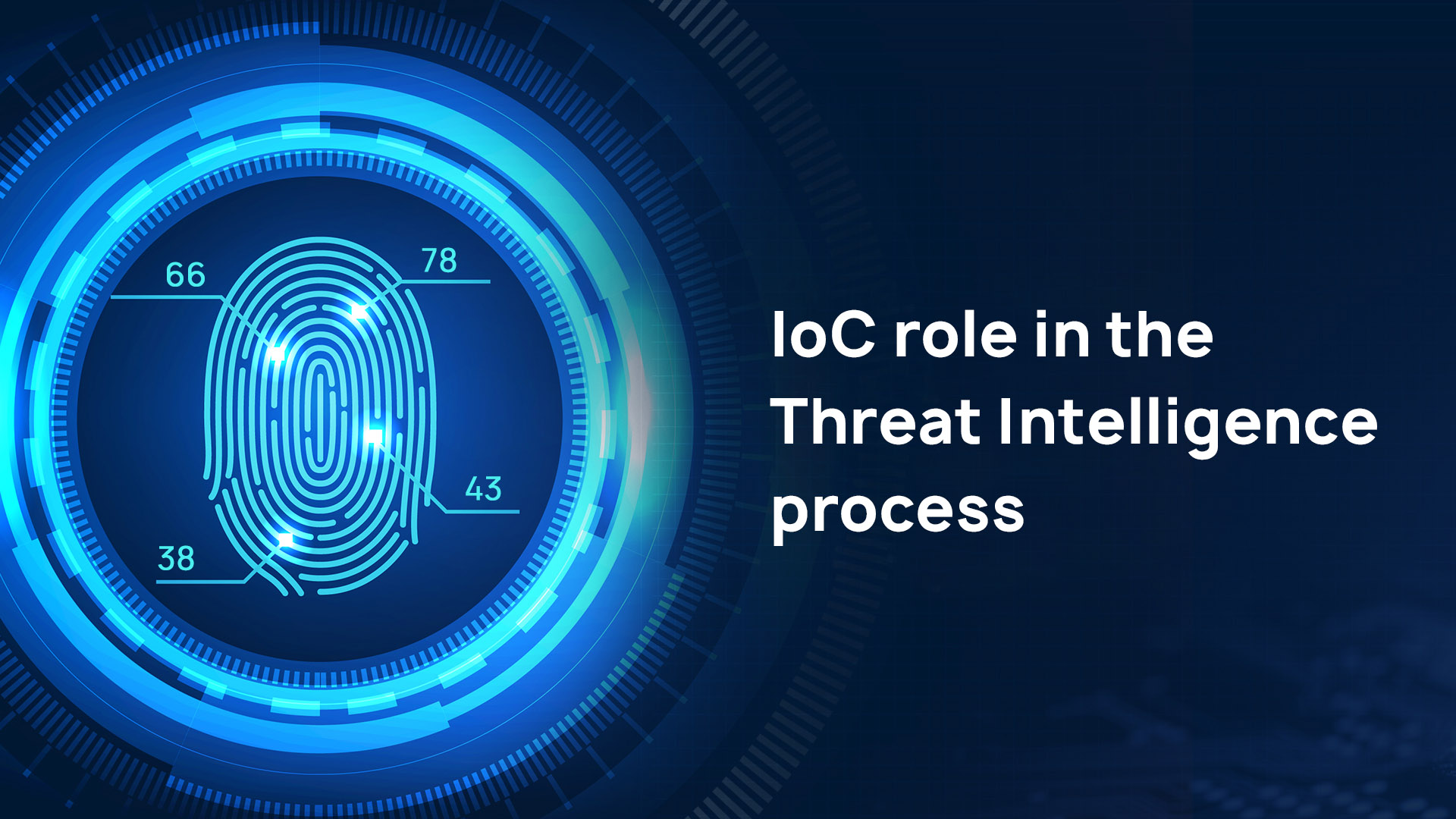Comments input

During the course of compliance assessments, auditors inevitably record a certain number of violations.
The main mistakes that can be made at this stage are:
– Treating a violation/issue as one of the fields to be filled in with text during the audit.
– Treating issue input as the ultimate goal of the audit.
Why should all detected issues be treated as a separate entity within the audit framework? First of all, for proper monitoring, the comment must have at least the following attributes:
– Status
– Creation date
– Elimination date
– Author
– Responsible staff
– Completion date.
This is already more than something that will comfortably be stored within one, two, or three fields. However, the list of required attributes does not end there. With respect to the comment, it is also important to record:
– For which asset was it initiated?
– In the context of which audit?
– What requirement was violated?
– What evidence was attached ref the violation?
With an elaborate audit process, the list of attributes can be much longer. The organization may introduce a classification of comments as well as a record of recurring comments.
